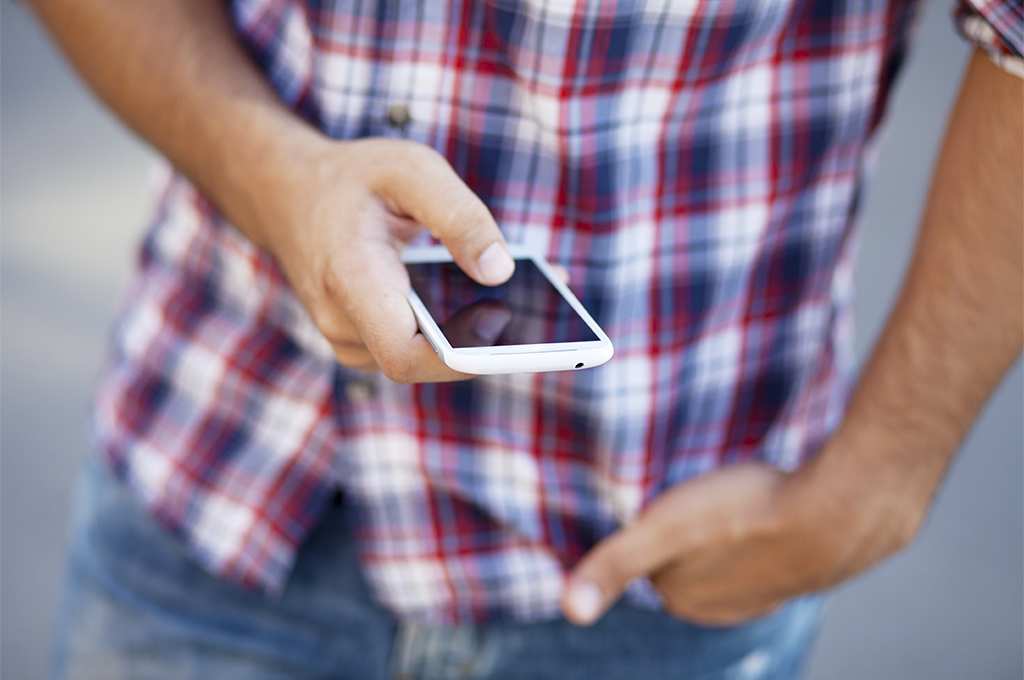Mobile payments will further a cashless retail experience. In addition to the convenience offered to the consumer, retailers will be able to offer far more customized loyalty programs and flash sales that meet demographic need and inventory supply.
The advent of the smartphone, and its nearly universal adoption, has led to numerous attempts to convert the phone into a digital wallet, allowing for rapid, seamless payment of goods and services. For retailers, this has been a shimmering mirage: the opportunity for both greater sales and the ability to re-purpose high-value space for additional product display. To date, however, no cashless mobile payment system has achieved ubiquity.
Apple Pay is the latest in this arena, and it will be a game changer in 2015. Like the iPod, iPhone and iPad before it, Apple’s payment system, even despite early opposition in some quarters, will take a leading market position and eventually pave the way for Android and Windows phone users.
The reason is simple: Apple has a reliable base of customers — users who line up to purchase the latest model — and a solid track record of creating products that simplify life. Of course, this is also another way for Apple to collect more consumer data that can possibly rival Google.
Interestingly, Apple Pay is discovering resistance. In an about-face, Rite Aid made the decision not to adopt Apple Pay over security and privacy concerns. This decision could ultimately hurt Rite Aid, especially if competitors pursue Apple Pay and increase awareness and use of a streamlined one-click payment method. This would be a triumph for Apple, especially if 2015 is a breakout year for widespread checkout-by-phone.
What’s the next phase of phone-as-wallet? Consumers will be able to opt in and allow retailers to offer product and sales information to aid in the purchase decision. Nordstrom, one retailer among many, will roll out Apple’s new mobile point-of-sale platform, stating it will use this concept for the foreseeable future. It’s rumored that Apple selected Nordstrom against many other retailers based on the number of physical stores. Others following the same direction include Ralph Lauren and Burberry.
Anjee continues to be an insatiable collector of all things retail. She’s a student of culture living next door to future shoppers, whose fleeting trends constantly change the retail landscape … driving retailers, landlords and developers crazy!

 Anjee Solanki
Anjee Solanki

 Colliers Insights Team
Colliers Insights Team